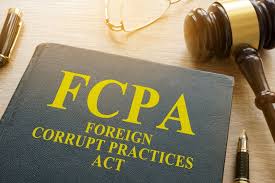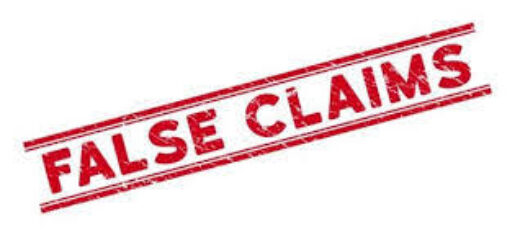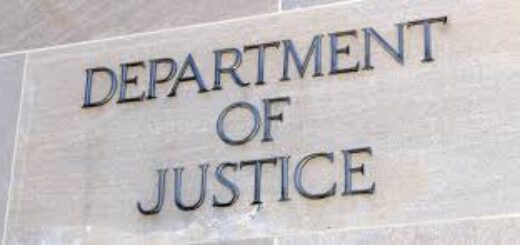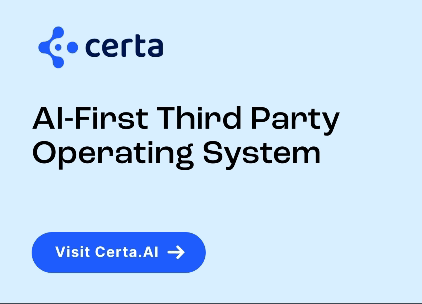DOJ’s Fresh FCPA Enforcement Initiative — What’s New, What’s Not (Part II of II)

DOJ’s new approach to FCPA enforcement presents some interesting opportunities — the headlines from the DOJ FCPA Guidance Memo will bring some significant changes but at the same time some things will not change. Here is my list of what’s new and what’s the same.
1. Increased individual prosecutions and reduced emphasis on corporate prosecutions: The DOJ FCPA Guidance Memo prioritizes individual prosecutions and avoidance of corporate cases where liability is premised on “collective” knowledge doctrines. There is not much new with the focus on individual criminal cases. Corporate prosecutions, however, may require evidence that the company itself — through the conduct of senior officers and leaders — participated in the bribery scheme. Cases in which individual misconduct is directly attributed to the company may be less likely to occur. In practice, this may not result in a significant change in individual and corporate prosecutions.
DOJ has prioritized individual prosecutions in prior Administrations — whether this new focus will have a material impact is yet to be seen. With this new approach, individual prosecutions may be prioritized and less emphasis placed on reaching a corporate resolution, particularly where the company has fully cooperated to assist in developing evidence to prosecute individuals. To the extent that this policy exists, companies may have a greater incentive to cooperate where they can reduce liability in exchange for bringing evidence to support DOJ prosecutions of individuals. Companies undergoing internal investigations may recalibrate their focus to prioritize these individual cases with less worry about having such individual conduct attributed to the company for liability purposes.

2. Expedited Investigations: The DOJ FCPA Guidance Memo reiterates DOJ’s intent to expedite lengthy, white collar investigations. Over the years, DOJ white collar investigations have lasted for years, sometimes as long as five to six years. DOJ’s new leadership will expedite these investigations and this is a welcome development. DOJ’s white collar investigations are notorious for long, complicated and detailed investigations that involve boiling of the ocean.
3. Cartels and Transnational Criminal Organizations (“TCOs”): The DOJ FCPA Guidance Memo reiterates the focus of bribery paid by or for the benefit of Cartels and TCOs. With this new emphasis, foreign bribery payments linked to Cartels and TCOs, directly or indirectly, utilizing illicit financial networks will be a high-priority factor in future FCPA enforcement actions.
The focus on Cartels and TCOs raises new risks for global companies and require greater visibility into distribution and supply chains — questionable affiliations by distributors and vendors/suppliers, especially in certain geographic areas, will require a careful analysis of indirect benefits to Cartels and TCOs.

Due diligence systems will have to be adjusted to incorporate this new risk factor. A careful analysis and inquiry will be important for companies to understand and identify risks.
4. U.S. Company Competitive Harm: – The Justice Department will look for situations where a United States company suffered competitive harm caused by a foreign competitor paying bribes to distort competitive results. A tender offer in which a foreign competitor pays bribes to win a competition over U.S. companies will be a priority for investigation and prosecution.
5. National Security Industries: FCPA enforcement will prioritize corruption with direct impact on U.S. national security industries involving key infrastructure or assets in the defense, intelligence or critical infrastructure sectors.
6. Cases involving “strong indicia” of corrupt intent and substantial bribe payments: The DOJ FCPA Guidance Memo clarifies that DOJ prosecutors will decline to investigate marginal cases involving small bribes or unsophisticated schemes. This mandate will have little to no impact since DOJ already has avoided these kinds of cases.















